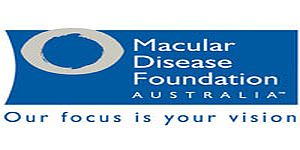One in seven Australians over 50 have some evidence of macular degeneration, so Riverside Eye Care is encouraging people to familiarize themselves with the warning signs of this all too common eye disease.
“The macula is the region at the back of the eye which is responsible for giving you your sharpest vision,” This is an area making up a part of the retina.“You start to miss out on the fine features. You might be looking at your partner, for example, and you don’t see their face – you just see their outline.” Your grandchild’s facial features are not visible as your retina no longer can process the image.
In early stages symptoms may not be present, which is why Chris explains a checkup every year for those aged 65 and over, and every two to three years for those aged under 65, is recommended.
“Macular degeneration is predominantly a disease of the elderly but in recent years it has crept up to people in their 50s – which is a concern,” he said.
“Having an eye test can in some cases save your sight.”
Symptoms of more advanced macular degeneration include distorted, ghosted or blotchy vision, with small blotches often creeping into the central vision.
Detecting the condition is important, but the clinician’s role does not stop there. Classifying the disease and staging the degree of progression is very important, as the patient management changes drastically. The broadly identified Dry and Wet categories exist. Effective treatments for the wet variety are available, and systematically implemented. Few Clinical trials are under way for the Dry version of the disease, and these patients need to be tapped when and ever if the drugs enter the market space.
Riverside Eye Care brings on board 25 plus years of experience of looking at these conditions, offers specific imaging modalities for monitoring macular degeneration, as well as disease education and early management.

